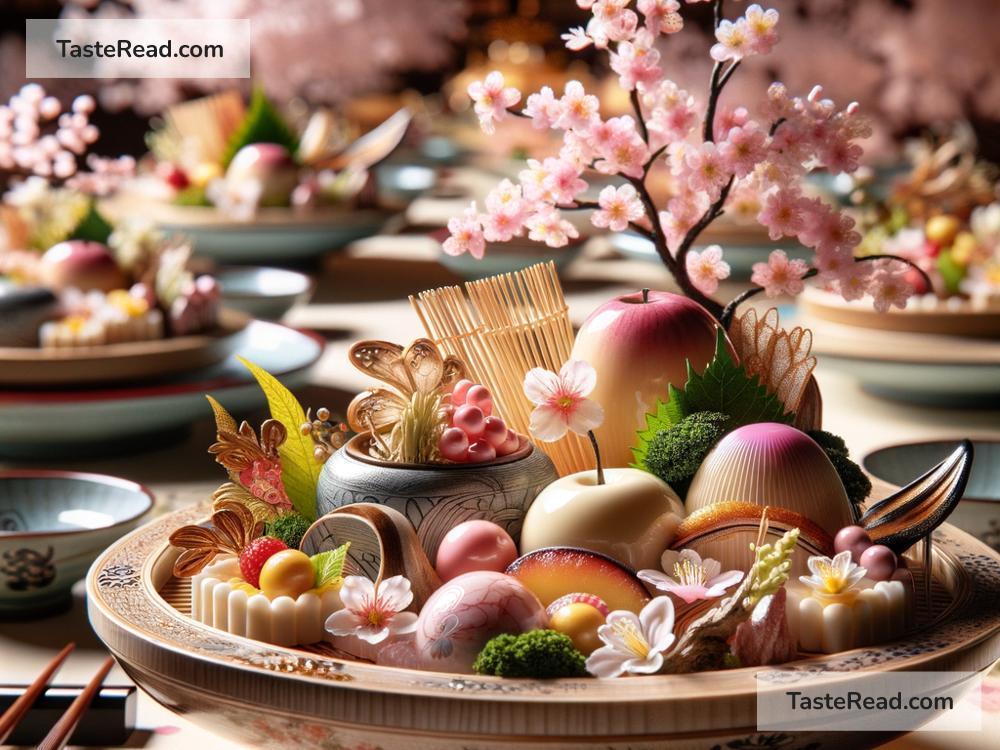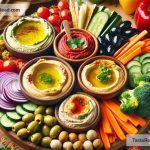Discovering the Art of Japanese Kaiseki Seasonal Courses
One of the most exquisite gems in the treasure trove of Japanese cuisine is Kaiseki. This traditional dining experience is more than just a meal; it is a journey through the seasons, an art form that combines taste, texture, appearance, and seasonality into a harmonious feast. Imagine sitting down to a meal that not only satisfies your hunger but also tells a story of nature’s cycles, a culinary poem that brings the essence of each season to your plate. Welcome to the world of Kaiseki.
The Roots of Kaiseki
Kaiseki, with its origins in the tea ceremony, has evolved over centuries into a sophisticated dining style. Initially, it started as a simple meal to prevent hunger during the long tea ceremonies. Over time, however, it transformed, adopting luxurious ingredients and intricate preparation methods. Today, Kaiseki is celebrated as the pinnacle of Japanese gastronomy, a symbol of hospitality and seasonal celebration.
What Makes Kaiseki Special?
The core of Kaiseki lies in its deep respect for nature and the changing seasons. Each course is meticulously planned and prepared to reflect the ingredients at their peak freshness and flavor, often sourced locally to ensure utmost quality. The menu evolves with the seasons, ensuring that guests are always presented with something new, a reflection of the transient beauty of nature.
The presentation is as critical as the flavors. The dishes are served on carefully selected ceramics and lacquerware, chosen to complement the visual appeal of the food and the season. The arrangement on the plate, the colors, and even the garnishes serve to enhance the aesthetic and sensory experience. Kaiseki is not just about eating; it’s about appreciating each bite, each flavor, and each moment.
The Structure of a Kaiseki Meal
A Kaiseki meal is composed of multiple courses, each serving a specific purpose and highlighting different techniques and ingredients. While there is some flexibility, a traditional Kaiseki meal follows a general order:
-
Sakizuke (Appetizer): This course sets the tone for the meal, often a small, seasonally themed bite to whet the appetite.
-
Hassun (Second Course): Considered the essence of Kaiseki, Hassun introduces the seasonal theme with a variety of flavors and textures.
-
Mukozuke (Sashimi): Fresh, seasonal fish is presented, showcasing the chef’s knife skills and the quality of the ingredients.
-
Shiizakana (Main Dish): This course is often hearty, featuring a hot pot or grilled fish, demonstrating the chef’s versatility and the richness of Japanese culinary techniques.
-
Gohan (Rice Dish): Typically served towards the end, this course includes rice with seasonal ingredients, highlighting the purity and simplicity of Japanese flavors.
-
Dessert: Often seasonal fruit or a delicate sweet, this course concludes the meal on a fresh and light note.
The Seasonal Journey
Spring may present you with the delicate flavors of young bamboo shoots and cherry blossom-themed dishes. Summer offers the bounty of the sea and mountains, with cooling elements to beat the heat. Autumn’s harvest brings a richness in mushrooms and root vegetables, while winter focuses on preserving and showcasing the depth of flavors through methods like pickling and simmering.
A Culinary Experience Like No Other
Kaiseki is more than a meal; it’s an immersive experience that engages all the senses. It invites you to slow down, savor each bite, and appreciate the subtle details. The seasonality aspect encourages repeat experiences, as each visit offers a new array of flavors and presentations. It’s an opportunity to connect with Japanese culture, history, and the natural world, through the medium of food.
Conclusion
The art of Japanese Kaiseki seasonal courses offers a unique window into the soul of Japan’s culinary traditions. It’s a testament to the skill of the chefs, the beauty of nature, and the cultural importance of seasonality in Japanese cuisine. Kaiseki is an experience that truly embodies the saying, “you eat with your eyes first.” As you embark on this gastronomic journey, remember, each dish tells a story, each flavor a verse in a seasonal poem written by the chef, inspired by the natural world. So, the next time you have the opportunity to partake in a Kaiseki meal, prepare not just your palate but your heart and mind for an unforgettable journey through the seasons of Japan.


